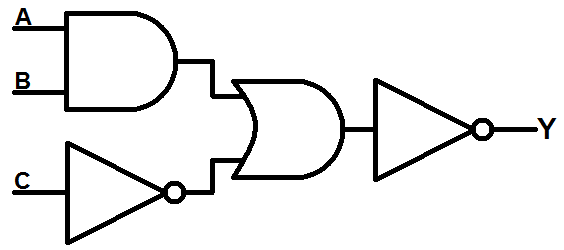Code: Select all
1) Constant ---------> A = 1
2) Signal switch ----> A > B then A = 1
3) clock ------------> A > C then A = input count
4) Reset trigger ----> *something put C to 1*
5) Reset Amp --------> C * 999999999 = C
6) switch trigger ---> *something put B to 1*The reset trigger decides when to reset the clock count back down to 1 (or 0 if stopped). This can be when the clock itself reach a high value. In which case you could use the C signal to trigger something else. Or it could be some other things like receiving a train shipment or in this case power returning.
You could even set the clock to a specific amount by multiplying the A signal by something for one tick when the clock is stopped.
Does this sounds useful to you ? You seemed to have issues with clocks.
An inserter will be happy to work with full negative (that is to say that it is receiving absolutely no signals). But a combinator need to receive at least 1 signals to work even if the signal is useless. For example:Gus_Smedstad wrote:... which is similar to Zhab's solution, though not identical. It's 4 combinators and 2 logic tests in the inserters, but the reasoning is slightly different. I almost feel like we should be able to do without the "inversion" decider, but I can't see how you'd test for (not wood and not X) directly.
Code: Select all
if A = 0 then A = 1To test if A = 0 and B = 0 in a single comparator, you do not use different letter. For example:
Code: Select all
If A > B then E = 1
If C < D then E = 1
If E = 0 then F = 1 The catch in this story is that you are not always in a situation to reuse the same letter without introducing issues elsewhere in other conditions. Notably, if you need to tell if a specific condition linked to a reused letter is true. Some red/green cabling can help you here, but not always. For the purpose of forum posting, I try to not reuse letters and avoid special cabling linkage as much as possible so that simply posting the combinators setting is good enough to share my design.




